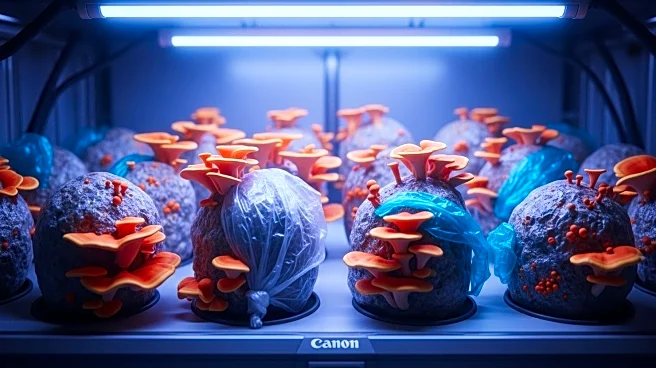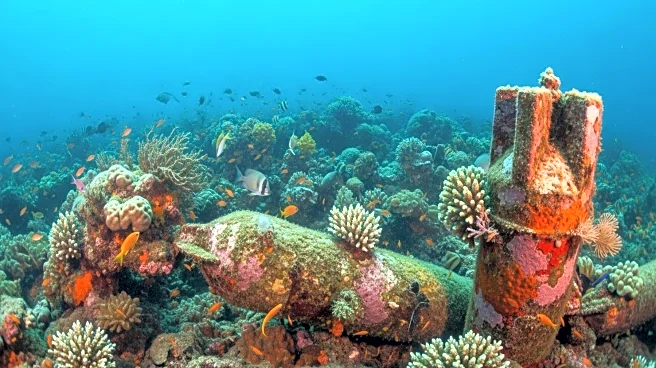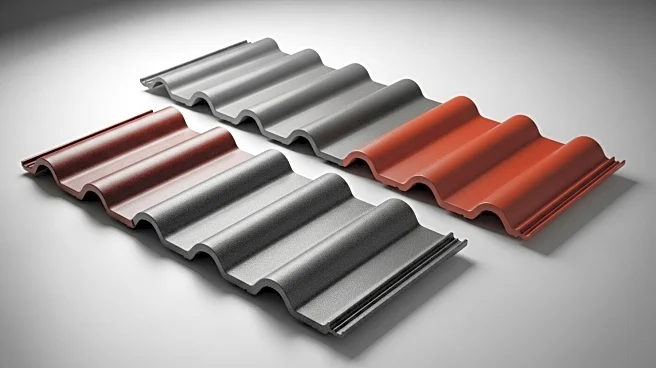What is the story about?
What's Happening?
Biophelion, a German startup, has developed a method using the black fungus Aureobasidium pullulans to decompose and convert plastic waste into useful compounds. This process not only transforms plastic waste but also consumes leftover carbon dioxide, preventing its release into the atmosphere. The initiative is part of the 'Circular Biomanufacturing Challenge' organized by Germany's Federal Agency for Breakthrough Innovations SPRIND. The fungus excretes waste in the form of pullulan, a tasteless edible polymer, a polyester suitable for plastic packaging, and a surfactant molecule for 3D printing. The project aims to bridge the gap between academic research and industrial implementation.
Why It's Important?
This development offers a sustainable solution to the global plastic pollution crisis by transforming waste into valuable products. The use of pullulan and other compounds could revolutionize industries such as food production and packaging, reducing reliance on traditional plastics. The environmental benefits include reduced carbon emissions and pollution, contributing to climate change mitigation. The project highlights the potential of bioengineering in addressing environmental challenges and could pave the way for more sustainable industrial practices.
What's Next?
Biophelion plans to further explore applications of pullulan and the surfactant molecule, potentially expanding their use in various industries. The success of this project could lead to increased investment in bioengineering solutions for environmental issues. As the technology advances, it may inspire similar initiatives globally, promoting sustainable practices and reducing plastic waste.
Beyond the Headlines
The ethical implications of using fungi for waste conversion include considerations of biodiversity and ecosystem impacts. Long-term, this approach could shift cultural perceptions of waste management and sustainability, encouraging more innovative solutions to environmental problems.
AI Generated Content
Do you find this article useful?













